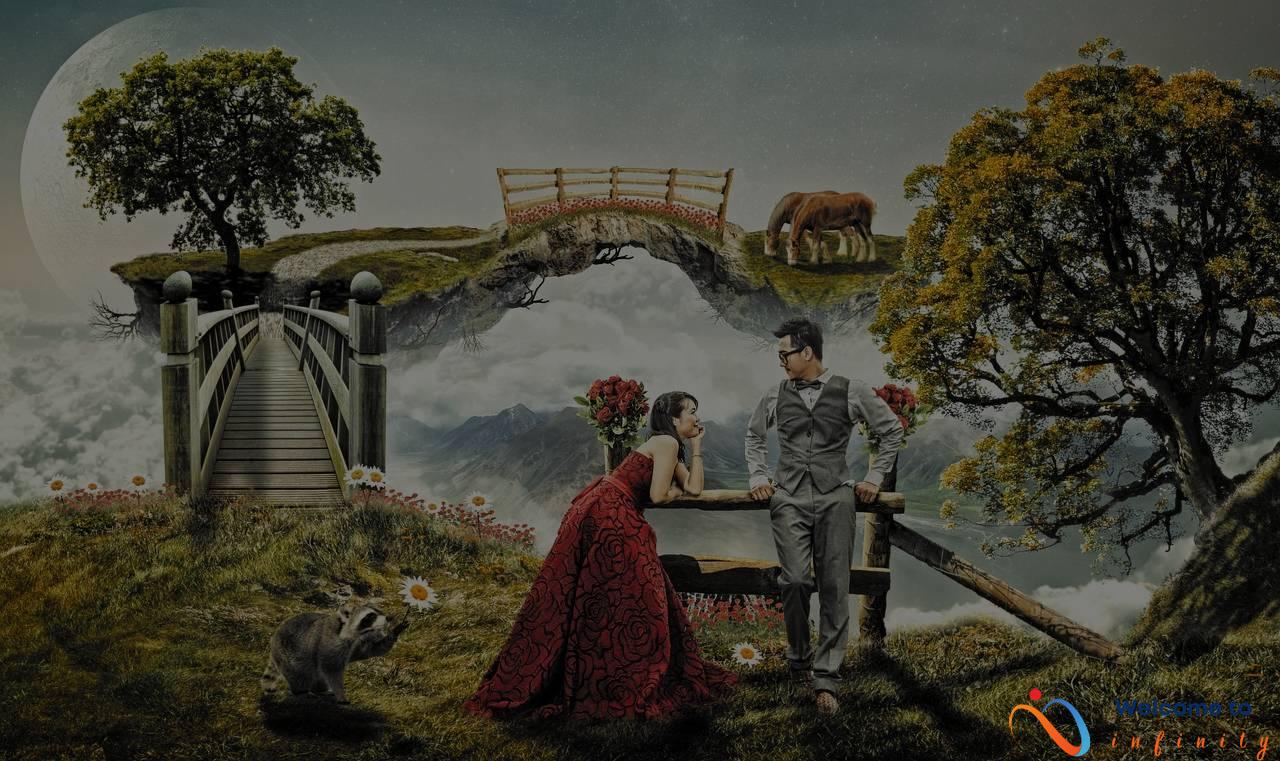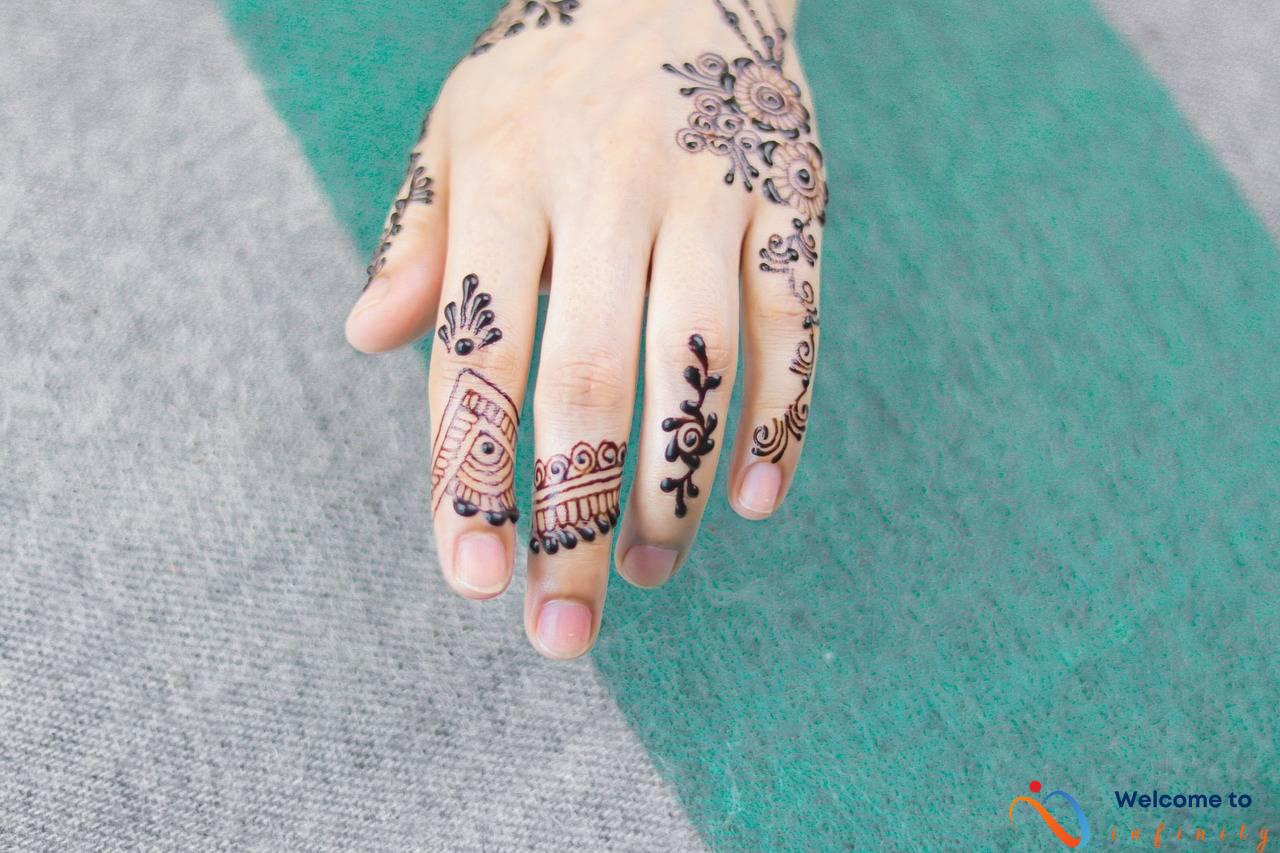Tattooing has a rich and diverse history that spans cultures and centuries. Throughout the ages, tattooing has played different roles in different societies, ranging from symbolizing power and status to being used as a form of punishment or to mark outcasts. Regardless of the reasons for their creation, tattoos have always been a means of self-expression and identity, reflecting the values and beliefs of those who wear them.
The origins of tattooing can be traced back to ancient Egypt and Native American tribes who used tattoos for religious and cultural purposes. The art of tattooing was also an important part of many other cultures, including the Japanese and Pacific Islanders, where tattoos symbolized social status and identity. Some cultures, however, associated tattoos with criminality and marginalization, leading to a negative reputation for tattooing in certain societies.
Despite old stigmas surrounding tattoos, over time tattooing became more popular and accepted as a means of self-expression. From the Western world to the Pacific Islands, tattoos have played an important role in cultural practices and traditions as well as in military culture, where they were often used to provide protection and identity during wartime. In the modern era, tattoos have become increasingly popular as a form of body art and self-expression, with a wide range of styles continually emerging.
Contemporary tattoo trends range from minimalist designs to watercolor tattoos, and new techniques have been developed to make the tattoo process less painful and more precise. With the rise of technology, we have also seen the development of new tattoo removal techniques, allowing people to easily erase any unwanted ink.
Overall, tattooing has come a long way since its origins in ancient cultures, reflecting the ever-changing values and beliefs of societies around the world. Despite its rich history and cultural significance, the allure of tattoos remains a timeless form of self-expression and identity.
Origins of Tattooing
The practice of tattooing has been around for thousands of years, with evidence of tattooed mummies dating back to ancient cultures such as Egypt and Native American tribes. In fact, the word “tattoo” itself comes from the Tahitian word “tatau,” which means “to mark.”
The Egyptians, in particular, were known for their intricate tattoo designs, which were often symbolic and carried religious or spiritual significance. Tattooing was also common among many indigenous tribes throughout the Americas, Africa, and Asia, where tattoos were used to mark important life events, show social status, or simply adorn the body.
While tattooing practices varied widely depending on the culture, the basic technique remained relatively the same. A needle would be dipped in ink and then used to puncture the skin repeatedly, depositing the ink under the top layer of skin. Some cultures used more primitive tools, such as bones or thorns, while others developed more advanced techniques.
Tattooing Across Cultures
Tattooing has been a part of various cultures and traditions across the globe. It has been practiced for centuries and holds significant importance in different societies. From the tribes of Africa to the ancient civilizations of Egypt and Greece, tattooing has been used for a variety of reasons, including cultural identification, spiritual beliefs, and decoration.
In Iran, the Scythians were known to practice tattooing. They used tattoos to display their social status and bravery. Even the ancient Greeks were believed to have used tattoos as a form of punishment, as they would tattoo criminals or slaves to mark them.
The Maori of New Zealand are known for their intricate and meaningful tattoo designs, also known as Ta Moko. These tattoos hold great cultural significance and are seen as a way to express social status and personal identity. Similarly, the indigenous people of Polynesia used tattoos as a way to denote status, tribe, and familial connections.
Aside from cultural significance, tattoos were also used for practical purposes in some societies. In Japan, during the Edo period, tattoos were used as a form of identification for criminals and prisoners.
Overall, tattooing across cultures showcases the diverse ways in which societies have used tattoos as a form of expression, identification, and decoration. Even today, with the rise of modern tattooing techniques, understanding the cultural roots and significance of tattoos remains an essential part of the craft.
The Association of Tattoos with Criminality and Marginalization
Tattoos have been used for various reasons across different cultures throughout history. Unfortunately, in some cultures, tattoos were associated with criminality or low social status, leading to stigmatization and marginalization.
In Japan, for instance, tattoos were once associated with organized crime syndicates and were used as a form of punishment for criminals, preventing them from ever being accepted into mainstream society again. In Europe, tribal tattoos were often associated with marginalized groups like the Romani people, making it difficult for them to assimilate into society.
Similarly, in the West, tattoos were once seen as a symbol of criminality and non-conformism. In the early 20th century, tattoos were popular among sailors, prisoners, and circus performers. As a result, tattoos were associated with these marginalized groups, leading to negative stereotypes and prejudices.
Even today, some people still associate tattoos with criminality or low social status, despite the growing popularity and acceptance of tattoo culture. However, as society becomes more accepting of tattoos as a form of self-expression, these prejudices are slowly fading away.
In some countries, tattoos are still associated with certain professions like the military, where they are seen as a form of identity and protection. For instance, during World War II, some American soldiers got tattoos of the eagle and American flag to express their patriotism and to identify themselves as Americans in case they were captured by the enemy.
In conclusion, tattoos have been associated with criminality and marginalization in some cultures throughout history. Fortunately, as society becomes more accepting of tattoos as a form of self-expression, these prejudices against tattoos are gradually disappearing.
The Evolution of Tattooing in the West
In the Western world, tattoos were once seen as taboo and were often associated with criminality and rebellion. Tattoos were stigmatized as a symbol of non-conformism and were often only seen on those who were considered to be societal outsiders. However, this perception has drastically shifted in recent years.
Tattoos have become increasingly popular and accepted as a mainstream form of self-expression. People from all walks of life now proudly display their ink, from celebrities and athletes to professionals in various industries. This change in perception has led to an explosion of creativity and innovation in the tattooing world, with new styles and techniques constantly emerging.
Part of the reason for this shift in perception can be attributed to the fact that many people now view tattoos as a way to express their individuality and commemorate important events or loved ones. Some individuals use tattoos to tell their life stories or mark significant milestones. Others simply enjoy the aesthetic appeal of tattoos and use them as a form of body art.
Despite the increasing acceptance of tattoos in mainstream culture, there are still some stigmas attached to certain types of tattoos. Tattoos that are seen as overtly offensive or explicit may still be viewed negatively, and some employers may frown upon visible tattoos in the workplace. However, these stigmas are slowly beginning to dissolve as more and more people embrace tattoos as a legitimate form of self-expression.
Overall, the evolution of tattooing in the West has been a fascinating journey, reflecting changing attitudes towards personal expression and individuality. From a symbol of rebellion and marginalization to a mainstream form of creative expression, tattoos have truly come a long way. As the trend towards body art and self-expression continues to grow, it will be interesting to see what new forms of tattooing will emerge in the years to come.
The Role of Tattoos in Military Culture
The role of tattoos in military culture has a deep-rooted history that traces back to ancient civilizations. In many countries, soldiers and military personnel have extensively practiced tattooing as a way of forging a sense of identity and solidarity with their comrades. During wartime, tattoos were believed to provide protection and serve as a permanent reminder of the shared experiences endured by soldiers in battle.
In addition to providing camaraderie within the military, tattoos were used to identify soldiers who may have been killed or captured in war. This practice was especially prevalent during World War II, where the soldiers of many nations marked their dog tags, uniforms, and even skin with identifying tattoos that contained their personal information. By doing so, soldiers could ensure that if they were killed in action, their bodies could be correctly identified and returned to their families.
Today, tattoos are still prominent within the military and are often used to signify rank or accomplishment. Many military branches have strict regulations regarding the placement and size of tattoos, ensuring that they maintain a sense of professionalism. Military tattoos often feature patriotic symbols, slogans, or imagery specific to the branch of the military. These tattoos serve to honor one's service to their country and act as a visual representation of their dedication to their country.
- Overall, the role of tattoos in military culture is multifaceted, playing a vital role in not only fostering a sense of camaraderie and identity, but also in providing a means of identification and commemoration.
- The practice of tattooing has a rich history that spans the globe, and its significance and symbolism have been shaped by various cultures and societies throughout time.
- Whether used as a means of protection during wartime or as an honor for one's service, tattoos remain an enduring tradition within the military community.
Tattooing in the Modern Era
Tattooing in the modern era has become incredibly popular. It's no longer solely associated with a particular subculture or group, but rather embraced by people from all walks of life. Tattoos are now seen as a form of body art and self-expression rather than a symbol of rebellion or criminality.
One of the major trends in modern tattooing is minimalism. Simple designs with clean lines and minimal shading have gained popularity in recent years for their clean, understated look. This style is great for first-time tattoo recipients or those hesitant about getting large and elaborate pieces.
Another popular style is watercolor tattoos. These tattoos are characterized by their bright, vibrant colors that appear to have been painted onto the skin. Unlike traditional black and gray tattoos, watercolor tattoos are not bound by strict line work and can be more free-form in their design and execution.
Realism tattoos are also becoming increasingly popular. These tattoos aim to replicate the appearance of genuine objects or people. Realism tattoos require a high level of skill and detail to execute and often involve intricate shading and layering techniques.
Finally, people are starting to get more adventurous with placement and size. While sleeves and chest pieces are still popular, tattoos on fingers, behind the ear, and even on the inside of the lip are becoming more common. Similarly, the size of tattoos has started to shift towards smaller, more intricate designs that are easier to hide if desired.
The world of tattooing is constantly evolving, and new trends and techniques are always emerging. Whether you're a first-timer or a seasoned pro, there's never been a better time to explore the world of body art.
Modern Tattoo Trends
Tattooing has come a long way from traditional tribal designs and inked mummies. Nowadays, modern tattoo trends are all about new styles, colors, and techniques.
One of the most popular trends is minimalist tattoos. These designs are simple, yet effective and meaningful. They're often made up of small lines, dots, or symbols, and can be placed anywhere on the body. Minimalist tattoos are perfect for those who want something subtle or for first-timers who are nervous about getting a larger tattoo.
Another popular trend is watercolor tattoos. Instead of bold outlines and solid colors, these tattoos look like a watercolor painting on the skin. They use a wide range of colors blended together to create a soft, dreamy effect. Watercolor tattoos work best with free-flowing designs such as flowers, animals, or landscapes.
The use of negative space is also gaining popularity in the world of tattooing. Negative space tattoos use the skin's natural color to create a design. These tattoos look like they have cutouts in the design, giving them a unique and edgy look.
Tattoo artists are also experimenting with new techniques, such as 3D tattoos. These tattoos use shadows and shading to create the illusion that the tattoo is coming off the skin. They work best with designs that have depth, such as animals or skulls.
Finally, there's been a rise in ‘functional' tattoos, which serve a practical purpose as well as aesthetic. For example, people are getting tattoos with QR codes that can be scanned to reveal important information or tattoos that glow in the dark for safety purposes.
As the art of tattooing continues to evolve, so too do the trends and techniques used by tattoo artists around the world. With so many options available, it's never been a better time to get inked.
The Rise of Tattoo Removal
As the popularity of tattoos grows, so does the demand for their removal. Whether due to a change in personal taste, a desire to remove a reminder of a past relationship, or the need to present a professional image in the workplace, there are a variety of reasons why someone might opt to have a tattoo removed.
Fortunately, advances in technology have made it easier than ever to remove unwanted ink. The most common method of tattoo removal is laser therapy, which involves using highly concentrated beams of light to break apart the pigment in the tattoo. While this method can be painful, it is generally considered safe and effective.
Another method of tattoo removal is dermabrasion, which involves using a rotating brush to scrape away the top layers of skin. This method can be more painful and may require several sessions to achieve the desired results.
In some cases, a combination of these techniques may be used. Additionally, newer methods of tattoo removal, such as picosecond lasers and cryotherapy, are becoming increasingly popular due to their ability to remove tattoos more efficiently and with less discomfort.
It's important to note, however, that tattoo removal is not always successful. Factors such as the age of the tattoo, the color and type of ink used, and the location of the tattoo on the body can all affect the success of removal. It's also important to choose a qualified and experienced professional to perform the removal procedure.
In summary, while tattoos have become a popular form of self-expression and body art, it's important to remember that they are a permanent choice. However, thanks to advancements in technology, removing unwanted tattoos has become a more feasible and safe option for those who wish to do so.
Conclusion
The art of tattooing has come a long way from its ancient roots to today's modern trends. The history of tattooing has been a reflection of the cultural traditions and evolving trends of societies across the globe, from the early days of tattooing in ancient Egyptian and Native American cultures to the tribal tattooing of the Maori in New Zealand and the Yakuza in Japan.
While tattooing was once associated with criminality and low social status and used as a means of punishment or marking, it has since become more mainstream and accepted as a form of self-expression. In the Western world, tattoos were initially stigmatized as a symbol of rebellion and non-conformism, but they have quickly become a cultural phenomenon embraced by people of all ages and backgrounds.
Today, new trends in tattooing continue to emerge constantly, from minimalist designs to watercolor tattoos. The rise of tattoo removal has also made it easier than ever to erase unwanted ink, giving people greater control over their body art.
In conclusion, the history of tattooing is a testament to the enduring human desire for self-expression and identity. From ancient practices to modern trends, tattooing has continued to captivate and inspire for thousands of years, and will likely continue to do so for generations to come.









